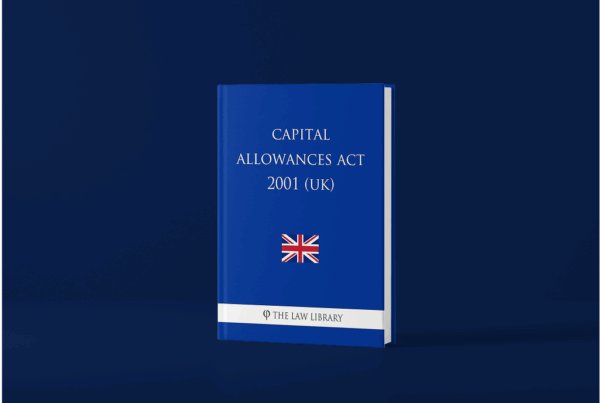The Autumn Budget has again showed itself to be a key moment for the commercial property sector, with a great deal of focus on Capital Allowances. It’s clear that the review has allowed the Chancellor to double-down on this year’s budget, with an investment-led recovery from the economic impacts of Covid-19 still remaining front of mind.
Whilst much of the review displays a ‘steady course’ approach to the measures revealed earlier this year, we are now starting to see these measures implemented, as well as some fortunate delays to encourage capital investment.
These included increased allowances for expenditure on new and unused plant or machinery items between 1 April 2021 and 31 March 2023, the 130% super deduction scheme for main pool plant and machinery and a 50% “SR Allowance” on special rate assets, which can be used any time before March 31st 2023, without the risk of losing revenue due their high costs or the risk factor on new investments.
Speaking with one of our clients, who owns and operates an industrial site, it is clear the SR Allowance has already yielded impressive results, and has the potential to generate great outcomes for business owners.
“Over time we’ve seen this trend towards more automation in the industry which means manufacturers now need machines that can work together efficiently without needing human assistance— the SR Allowance, with assistance from HMA Tax has allowed us to continue to improve our output, whilst also reducing our tax bill”
Additionally, enhanced Capital Allowances for Freeports were also introduced in this year’s budget for expenditure between 1 April 2021 and 30 September 2026. These changes allow for significant claims on plant & machinery allowances (up to 100%) and 10% structures and building allowances over ten years instead of the usual 400 months (33 and 1/3 years).
Delays to annual investment allowances
Whilst the choice to phase out 100% Annual Investment Allowances (AIA) for plant and machinery purchases from £1m to £200,000 beginning on 1 January 2022 has been considered widely unpopular by investors, there’s good news in the short term.
The autumn review has seen the Chancellor react to ongoing sentiment surrounding AIA reductions and has decided to delay any changes until the April 1st, 2023. This aligns the AIA reduction with the end of the 130% super-deduction making these next few months, vital for commercial property owners looking to capitalise on these incentives.
Adam Louth, Head of Surveying provided the following insights.
This is a very welcomed extension to the £1m Annual Investment Allowance, the original decision to reduce the £1m cap on AIA at a time precisely when businesses need encouragement to invest and support our economic recovery did seem contradictory to the investment-led recovery we have been hearing so much about.
Additionally, the budget review could have done more to encourage investment in new technologies, particularly eco-technologies – not just for the few selected “Freeports”. With COP26 Glasgow kicking off this week, it will be interesting to see how the government will manage new climate expectations, particularly for those who operate and invest in industrial property.
Whilst this delay to the AIA reduction is welcomed, it does seem to postpone these transitional issues and push them further down the line until 2023. For now, HMA Tax will be continuing to advise all our ongoing clients to capitalise on these incentives whilst they remain available, allowing for greater investment, tax relief and economic output for business and commercial property owners.
Autumn Budget – Structure and buildings allowances
The only other Capital Allowances changes present within the Autumn budget review were those for Structures and Building Allowances (SBAs), which were already announced in July, and they are now only applicable only under certain circumstances.
To claim SBAs a taxpayer needs to have an ‘allowance statement’, otherwise their expenditure will be treated as nil. The allowance statement must provide details, including the date when the asset is first brought into non-residential use because this is usually when the SBAs 400 month (33 and 1/3 years) begins.
Where further qualifying expenditure is incurred after an asset is brought into qualifying use, or treated as such under-simplification options, the tax life for those additions can start later and there is a risk that later owners who are unaware could stop claiming SBAs earlier than they are entitled to. Where this is relevant, the legislation will require the allowance statement to include the later date that qualifying expenditure is incurred.
At HMA Tax, we are the UKs leading experts on embedded Capital Allowances for commercial property owners. If you, or someone you know owns a commercial property and would like to find out more on how we generate thousands of pounds in tax relief, please call get in touch on 01384 904090 or email contact@hma.tax




